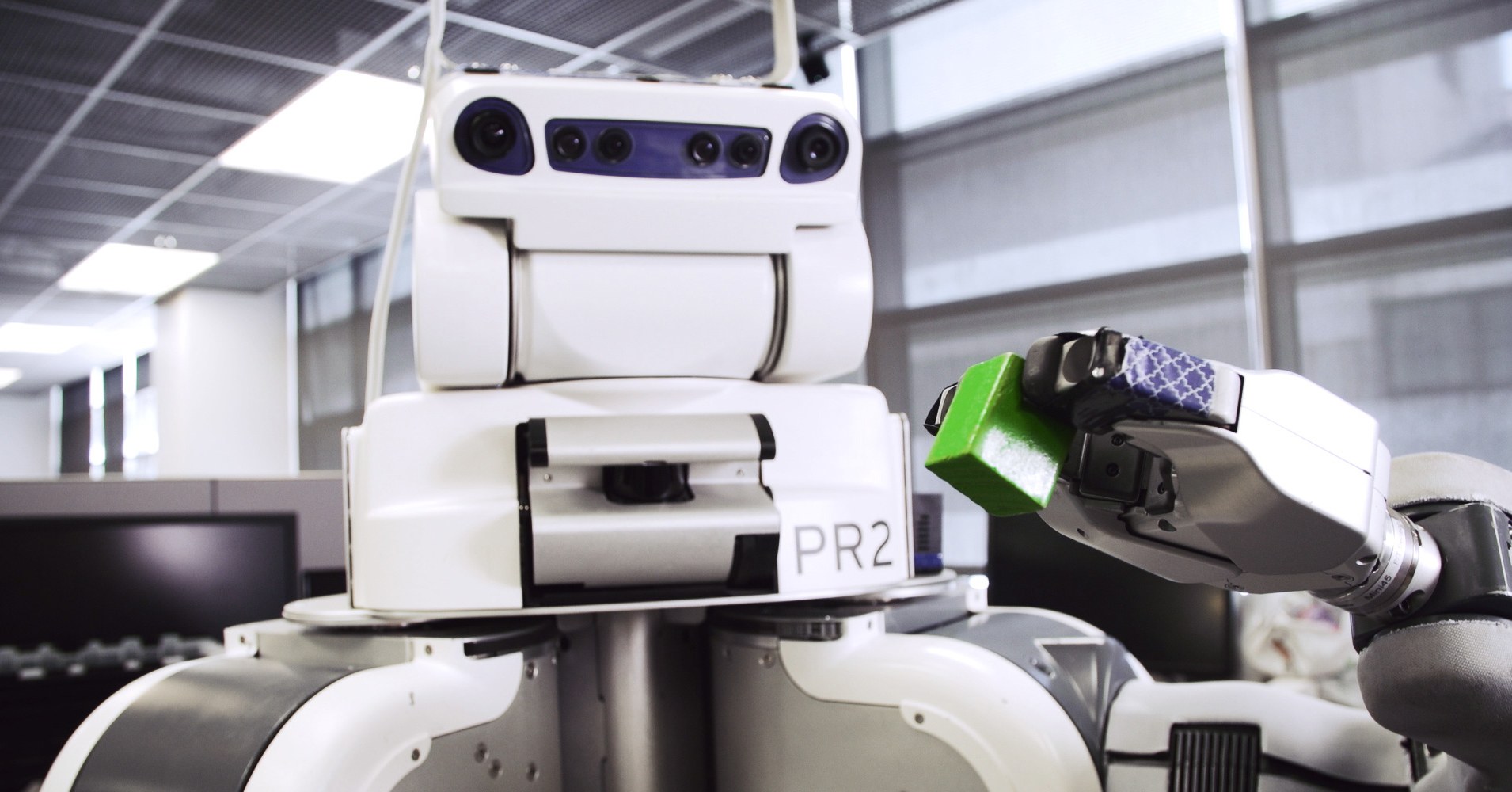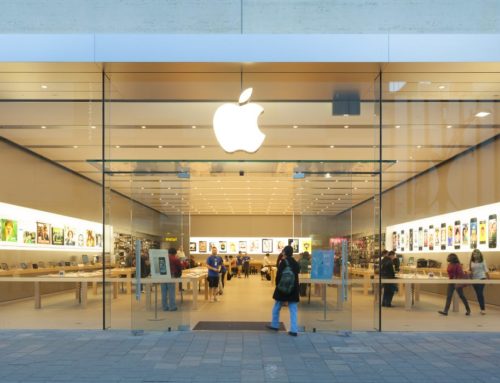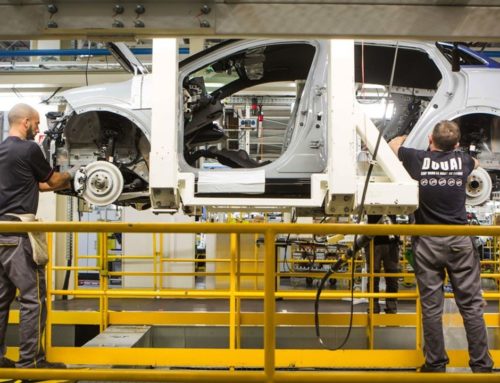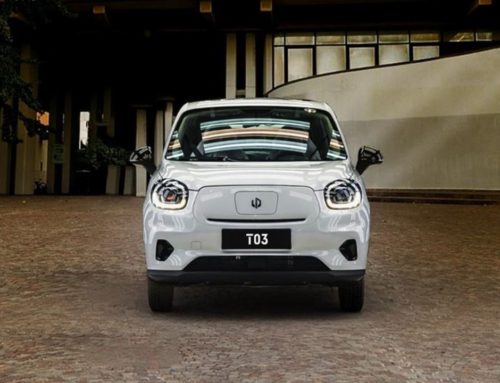“2017 has been an amazing year for robotics,” says roboticist Sebastian Thrun, a pioneer of the self-driving car. “Why 2017? Why did it take us so long?”
Well, it was a confluence of factors, namely the cheapening of sophisticated hardware combined with better brains. “In the past, in robotics we had not-so-smart software with hardware that would break all the time, and that’s not a good product,” Thrun says. “It’s only recently that both computers have become smart enough and that robot hardware has become reliable enough that the very first products start to emerge.”
Perhaps the biggest leap in hardware has been sensor technology. To build a robot you don’t have to babysit, you need it to sense its environment, and to sense its environment it needs a range of sensors. Not just with cameras, but with lasers that build a 3-D map of the robot’s surroundings. These kinds of components have gotten both far more powerful and far cheaper.
“I kind of talk about this finally being the golden age of robotics, and that means that for the first time in the last 12 months or so you see robots really becoming prolific,” says Ben Wolff, CEO of Sarcos Robotics, which makes the most bonkers robot arms you’ve ever seen. “And I think it’s because we’re finally at that crossover point, where the cost has come down of components while the capability of the components has increased sufficiently.”
Sourced through Scoop.it from: www.wired.com







Leave A Comment